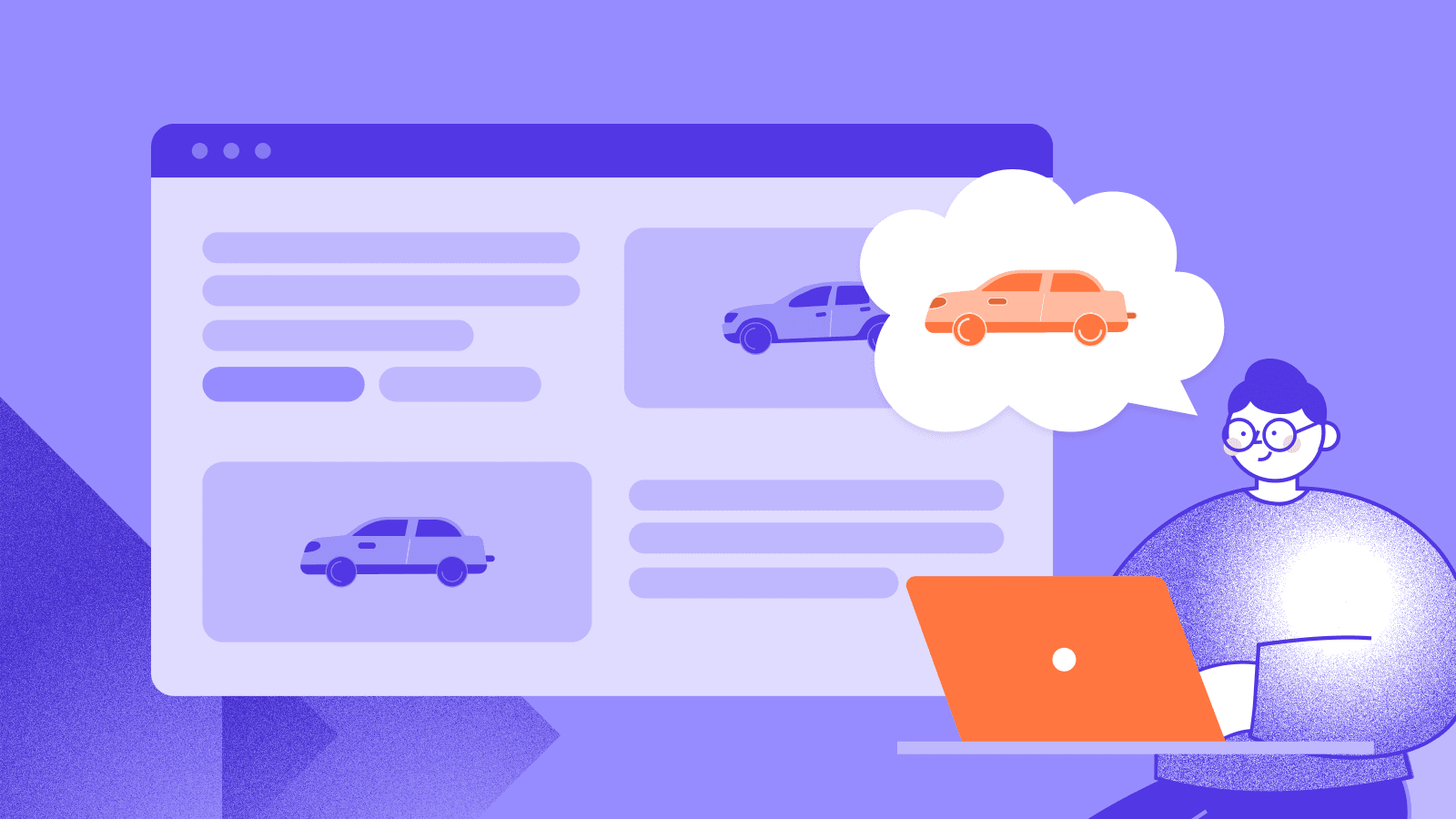What is personalization?
As a developer, it’s likely you want to keep your tech stack lean. So, when colleagues come up and ask you to implement yet another solution, it’s totally understandable that you have better things to do. One of these often-mentioned solutions is a personalization engine – and personalization is what this is made for. While it might sound like just another buzzword, personalization is a proven method for achieving business goals, whether it’s driving engagement or conversions.
According to Gartner, personalization is “a process that creates a relevant, individualized interaction between two parties designed to enhance the experience of the recipient. In simpler terms, personalization is the act of tailoring a digital experience to meet a user’s individual needs.
These preferences are determined by collecting user data, and when done right, site visitors are served with content that aligns with their preferences. Almost all digital channels in which content plays a significant role can show personalized experiences. This includes websites, mobile apps, emails, and online ads. The process is continuous and requires the ongoing effort of collecting data and tailoring an online experience to a user’s preferences.
What does this mean for everyday business?
Let’s pretend you work for a website that sells sports articles. Your website has a large header image that draws visitors in further. A visitor lands on your website, scrolls past the generic header image, and then clicks on the category “Hiking”.
Here, data shows your visitor is (probably) interested in outdoor activities such as hiking. So, they click back to your homepage. The header image now shows a pair of hiking boots that are currently 50% off. Your visitor is intrigued. They click on the image and buy a pair of new boots. That’s the power of personalization!
What are the benefits of personalization?
Sure, the example described above is very simple. But hiking enthusiasts are much more likely to click on a pair of new boots than a picture of a swimsuit. So, when wondering about the benefits of personalization the answer is simple: when you personalize content, consumers are more likely to engage.
We can hear you think: “that sounds plausible, but why is personalization such a big deal?” Because consumers expect it from you. And if you don’t, you risk falling behind.
Not too long ago, consumers still accepted the fact that online experiences were generic. But with the rise of services such as Spotify and Netflix, personalization quickly became a requirement for success.
According to Accenture, 91% of consumers currently say they are more likely to shop with brands that provide offers and recommendations that are relevant to them. Another 42% of them are even annoyed when content isn’t personalized.
Ultimately, personalization is one of the most important business drivers. It increases conversions and fosters customer loyalty. This applies to all industries and all types of KPIs.
How to make personalization work?
So, now you know what personalization is and why you must prioritize this, let’s look at making personalization work. As mentioned before, personalization revolves around datacollection. This doesn’t have to be an obstacle, as 83% of all consumers are willing to share their data in exchange for personalized experiences.
Based on this data, you create segments. Groups of users that show the same preferences and behavior. When visiting your platform, users that fall within a certain segment will receive tailored content and offers based on their preferences. This can range from dynamic website content to unique promotional offers, including tailored recommendations and notifications.
There are countless data points you can collect from your visitors, such as age, gender, geolocation, browser type, site engagement, and even the current weather or time of day.
The more data you collect from your visitors, the more specific your personalized content can become. This is called the ‘maturity curve’ or ‘personalization maturity’. This level of maturity illustrates the different phases, methods, and expected returns of content personalization. The more you advance, the more complex your practices become and the more results you can expect.

Expanding your tech stack
It’s safe to say personalization is key when driving business value. And the more mature, the better your results. However, personalization does require the right technology. But how to find the ideal solution for your business? That depends on your ambitions and your preferred position on the personalization maturity curve, as not all businesses strive for hyper-personalization.
We believe that your ideal solution should allow you to identify user segments and instantly serve them with tailored content while connecting seamlessly with your (headless) content management system. If you’re interested in expanding your tech stack in terms of personalization, make sure to also read our article ‘Two surefire ways of enabling personalization with a headless CMS’.
No matter your ambitions or preferred solution, the right technology allows you to collect and utilize user data and create exceptional experiences. Today, we’ve shared how this helps you (and your colleagues) to make your business even more valuable. Now go, let all this information sink in, and determine if and how you will incorporate personalization technology into your business.

